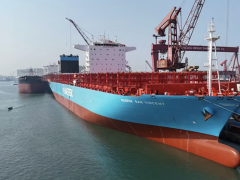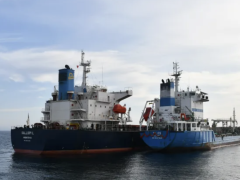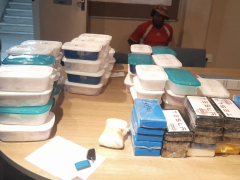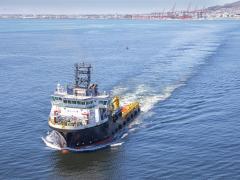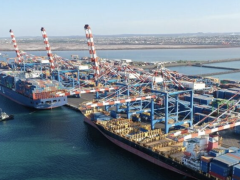Considering the impact of Covid-19, supply chains are fast having to change the way they work.This comes as cost-effective and efficient shipping is no longer guaranteed, resulting in just-in-time management systems becoming problematic.According to Jordan Lawrence, director of Seattle-headquartered logistics technology company Flexe, this has put huge pressure on logistics operations around the world.Speaking during a recent online event, Lawrence explained that after the financial crisis in 2008, just-in-time became the norm. This system requires a slow and steady delivery of cargo in line with slow and steady consumer demand.This entire approach was, however, turned upside down during the global pandemic. “Spending on durable goods, suddenly skyrocketed, and just-in-time did not work any more. The initial effect of this was stock outs. The just-in-time mentality was just not adept at handling the new demand profile.”While the benefits of a just-in-time model are well known, the pandemic served to highlight some of the serious disadvantages.According to Lawrence, successful just-in-time requires precise coordination between businesses and their suppliers because there is no inventory buffer. In order to deal with the supply shocks, supply chains had to adapt.There are a lot of questions about how this will resolve itself. He said the problem was that while the throughput at distribution centres and warehouses could slow down relatively quickly to adjust to the change in the market, goods already in the supply chain would continue to arrive, driving inventory costs up again, the initial reason for just-in-time.“The reality is that things can get much worse before they get better,” he says

